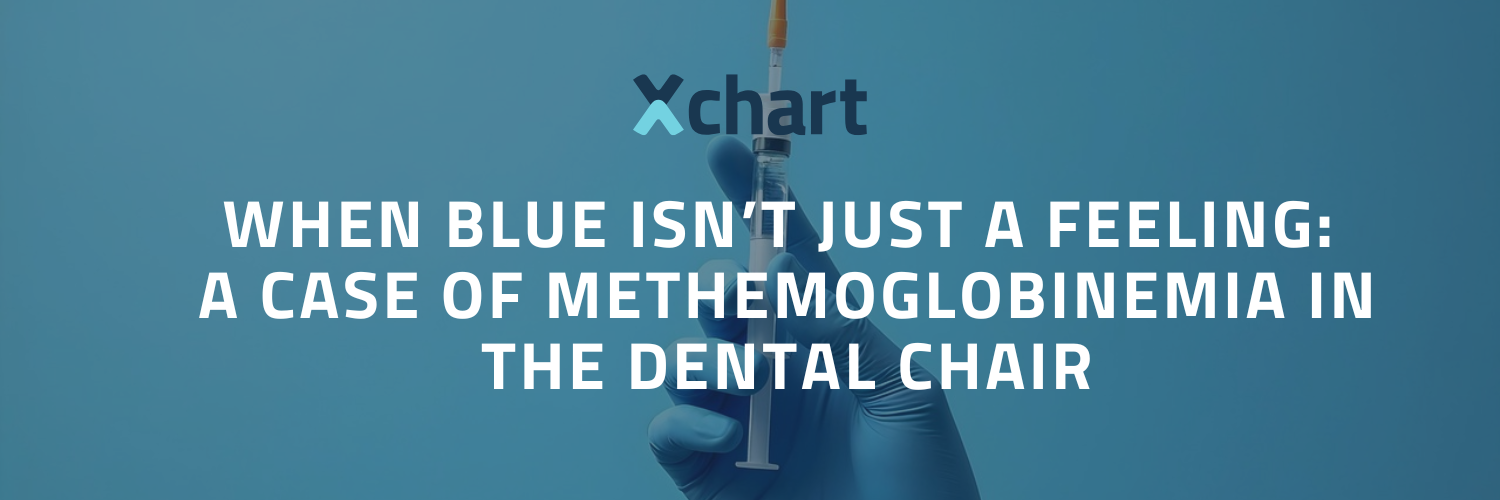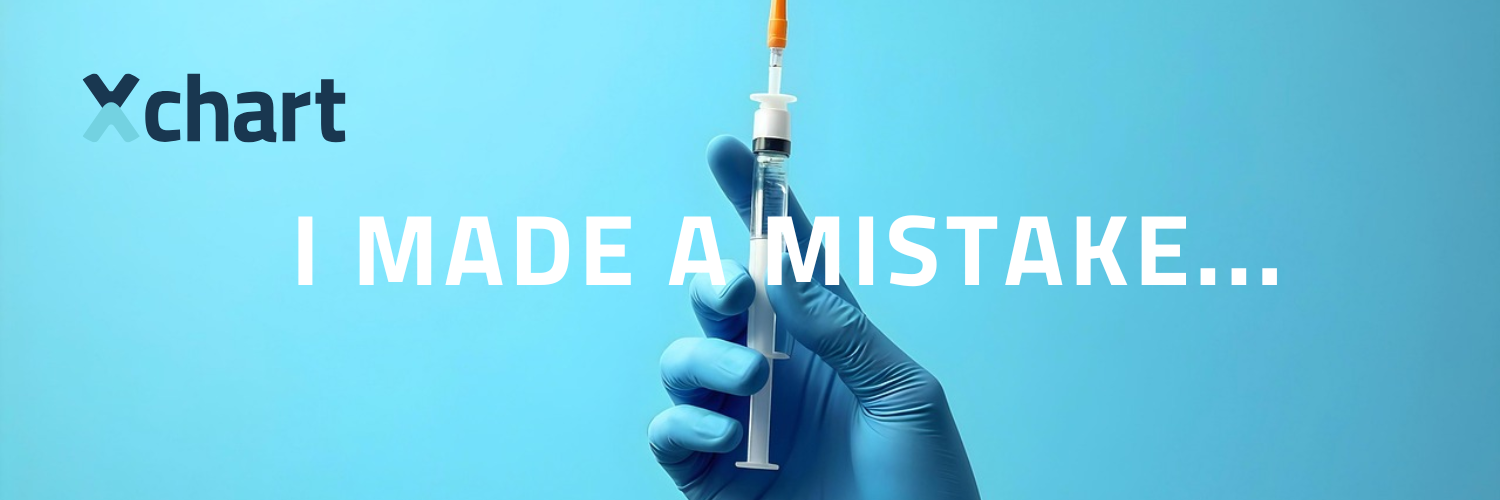11/11/2025
Acetaminophen Use in Pregnancy and Autism Risk: What Other Data Exists?

Recent warnings from the FDA and political leaders have reignited public anxiety about whether acetaminophen (Tylenol) use during pregnancy increases the risk of autism or ADHD in children. By no means is this an attempt to suede or convince anyone of any ideology. Rather, the intention of the following article is to share information that hopefully is helpful. Personally, no matter what is popular on social media, I prefer to get and make my medical decisions from reputable research and texts. Despite the alarm stated and posted publicly, the most comprehensive evidence to date—including a 2024 JAMA study of 2.5 million Swedish births—shows no causal link between prenatal acetaminophen exposure and neurodevelopmental disorders. The FDA’s advisory urged caution, yet it simultaneously acknowledged that a “causal relationship has not been established.” This gap between scientific evidence and public messaging has left both clinicians and expectant parents seeking clarity.
Read full postarrow_forward10/14/2025
When Blue Isn’t Just a Feeling: A Case of Methemoglobinemia in the Dental Chair

Some emergencies make a dramatic appearance and leave no doubt as to the diagnosis. Others, like methemoglobinemia, creep in quietly, disguised as “maybe she’s just a little cold.” This rare condition turned an otherwise routine dental appointment into a life threatening scenario for Dr. Zack Flint and his team—and gave us all a chance to refresh our understanding of an often-overlooked complication. The following is from an interview with Dr. Flint who has honorably agreed to share his experience with everyone so if any of us were to encounter this situation, we may be even more prepared. After his recount of the situation, there are some follow up questions he has answered coupled with a few images from the incident. I know this is quite a bit longer than we normally do, but I urge you to take the time to read.
Dr. Zack Flint’s Story
Read full postarrow_forward8/6/2025
I Made a Mistake

I recently made a mistake. Quite honestly, I am still very upset at myself for it and certainly not proud of it. In the name of education and supporting each other, I’m sharing it with you.
Read full postarrow_forward7/1/2025
Local Anesthetic: Why Math, Mastery, and Accountability Matter More Than Ever
As I write this, I can already imagine some of you rolling your eyes for what I'm sharing here. I get it. For many of us, it is easy to get into a routine where not only do we not calculate our anesthetic, but we don't necessarily even slow down to think about how much or when we have given it. And I get it as well, that by in large most of our patients are old enough and large enough and procedures small enough that we can get away with not calculating how much local anesthetic we have administered. I want to challenge you a little today. Before you scroll on and skip over this please think about this for a second.
Read full postarrow_forward5/1/2025
Fastballs, Free Throws, and Anesthesia
I’m going to date myself a bit here. For my childhood, there were two players that I admired: “The Ryan Express” Nolan Ryan and “The Mailman” Karl Malone. And no, I’m not referencing when Nolan locked Robin Ventura in a headlock after he rushed the mound and started pounding on him (although sometimes we may feel we need to do that for our patients 😊). One of the elements that made these two greats stand out was their rituals.
Read full postarrow_forward4/1/2025
Clinical Spotlight: One Old Drug and One New Drug
In our world of sedation, anesthesia, and pain management, some drugs have a long and complicated legacy, while others offer a glimpse into the future. This month's spotlight features two agents worth your attention: meperidine, a familiar name with evolving relevance, and suzetrigine, a novel non-opioid analgesic that could change the game.
Meperidine: Old Friend, Narrow Path
Read full postarrow_forward1/1/2025
Understanding Inattentional Blindness in Sedation and Anesthesia
Inattentional blindness is a fascinating psychological phenomenon that highlights how our focus on one task can make us blind to unexpected occurrences. This concept was introduced by cognitive psychologist Dr. Daniel Simons, whose groundbreaking research has profound implications across various fields, including medicine. One of the most famous demonstrations of this phenomenon is his YouTube video, often referred to as the "invisible gorilla experiment." In this video, viewers concentrating on counting basketball passes frequently fail to notice a person in a gorilla suit walking through the scene.
Read full postarrow_forward11/1/2024
Consistency Under Pressure: How Checklists Support Safe Practices
As providers, we know that precision and accuracy aren’t just virtues—they’re necessities. One seemingly simple tool that transforms our approach to patient safety and procedural success is the checklist. In The Checklist Manifesto, Atul Gawande illuminates how structured checklists improve outcomes across high-stakes fields, from aviation to medicine. For us, the significance of a checklist in sedation and anesthesia is immense, and I'd like to explore why.
The Power of a Checklist
Read full postarrow_forward10/1/2024
The Growing Impact of GLP-1 Agonists in Anesthesia
In recent months, the topic of GLP-1 receptor agonists, such as Ozempic (semaglutide), has sparked significant discussion in the anesthesia community. With the growing popularity of these medications for diabetes and weight loss, anesthesia professionals need to be aware of the potential impacts these drugs can have on sedation and anesthesia. In this month's discussion, I’ll focus on the current understanding of how GLP-1 agonists influence anesthesia care, referencing the recent article from the American Society of Anesthesiologists (ASA), the Anesthesia Patient Safety Foundation (APSF), and the American Association of Nurse Anesthesiology (AANA).
What are GLP-1 Agonists?
Read full postarrow_forward7/10/2024
The Importance of Capnography in Sedation: A Case for Universal Adoption
I get asked quite a bit why I always suggest capnography to every provider regardless of the level or type of sedation they perform. It’s a valid question. Some states still don’t require capnography for even IV sedation much less minimal sedation. So, if it’s not a state regulation, why use it? Me personally, I consider state regulation requirements to be a minimum when it comes to patient monitoring and I am not going to limit the quality of care I offer to patients just because a state regulation says I don’t need to. I get it. That’s just my opinion. Here’s some more information for you to consider.
Read full postarrow_forward

